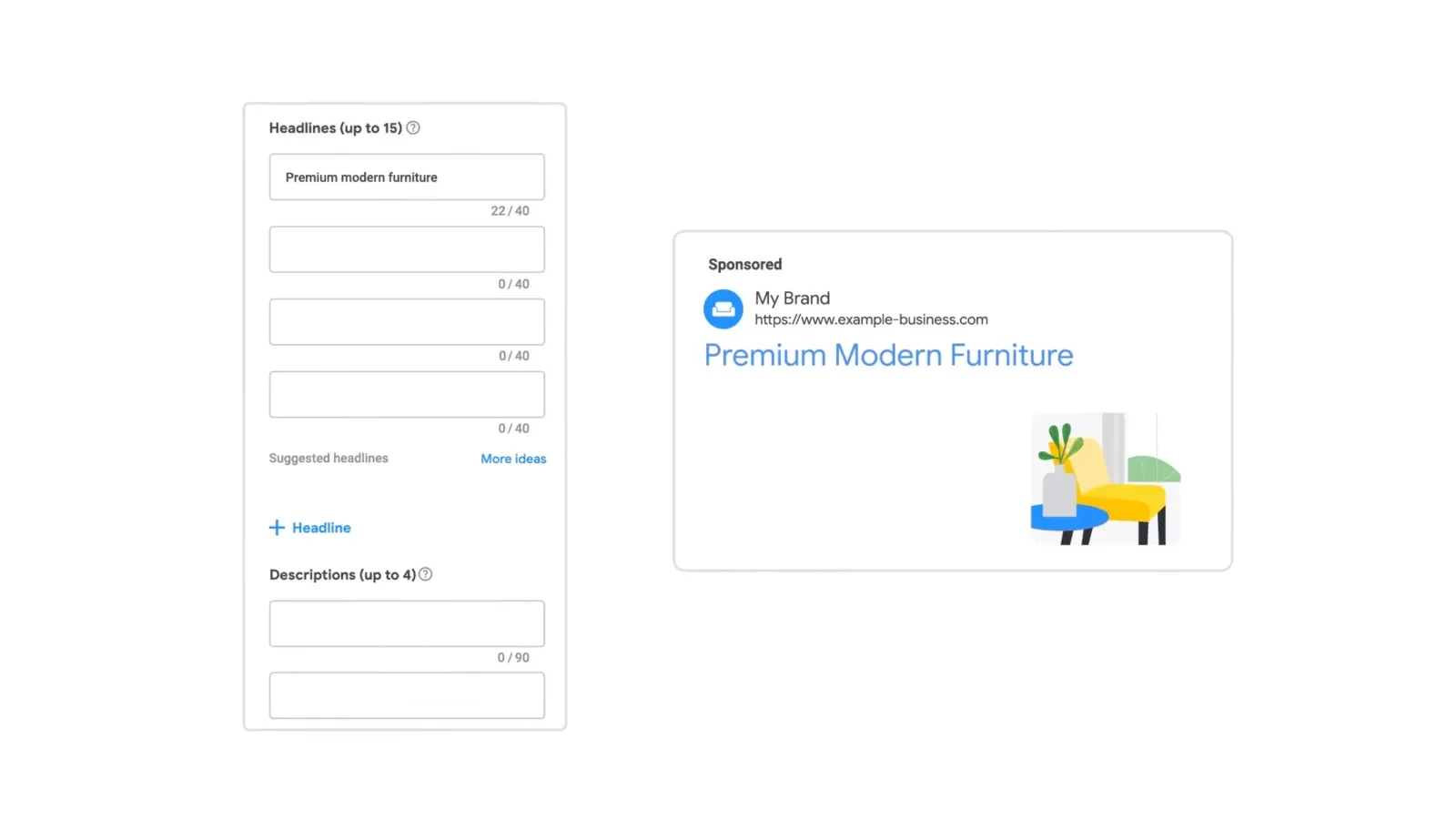Google Ads fully rolls out Automatically Created Assets
Google Ads today has fully rolled out the use of generative AI in automatically created assets (ACA) for all English language advertisers in the US and UK.

Google Ads today has fully rolled out the use of generative AI in automatically created assets (ACA) for all English language advertisers in the US and UK.
This means that Google's AI technology will be used to automatically generate headlines and descriptions for responsive search ads and Performance Max campaigns, with the aim of improving their relevance and predicted performance.
ACA uses the ad-level final URL for generation. Keyword-level URLs may limit asset generation. Landing pages with limited content may yield fewer assets.
Ginny Marvin on LinkedIn: About automatically created assets
A quick update on automatically created assets (ACA) in #GoogleAds: The use of generative AI in ACA is now fully rolled out for all English language…

Key Points
- ACA is an opt-in, campaign-level setting.
- Assets are based on landing page content, existing ads, and keywords. Ensure your website is up-to-date and accurate.
- You can monitor performance and remove any unwanted assets.
- ACA is meant to supplement, not replace, existing ad copy.
Benefits
- Increased performance of responsive search ads.
- More relevant user experience across search query, ad copy, and landing page.
- Reduced manual work to create ad copy.
How it Works
- Google generates assets based on predicted performance and relevance to search queries.
- These assets are combined with advertiser-created assets to create the best performing ad combination.
- ACA contributes to your RSA Ad Strength rating.
Supported Languages
- English, Spanish, Portuguese, Italian, French, German, Japanese, and Dutch.
Best Practices
- Ensure website content is accurate and complies with Google Ads policies.
- Keep existing headlines and descriptions.
- Use ACA to fill gaps and reach Good+ Ad Strength.
Reporting
- Performance data and impressions are available for ACA.
- Access asset reporting at ad, campaign, and combination levels.


